The Historical Significance of Salmon
Salmon has had a prominent place in many cultures around the world for centuries. This majestic fish, known for its distinctive migratory patterns and vibrant color, is not only a culinary delicacy but also an important symbol in folklore and mythology. Historically, wild salmon were caught in rivers and coastal waters, with fishing methods ranging from simple rods to ingenious traps.
The Ecological Role of Wild Salmon
Wild salmon play a crucial role in the ecology of rivers and marine waters. Their life cycle, which takes them from rivers to the ocean and back, contributes to the nutrient cycle in these ecosystems. Salmon is also an essential food source for a variety of animals, including bears, eagles and orcas.
The Rise of Salmon Farms.
With increasing demand for salmon and pressure on wild salmon stocks, salmon farming began in the late 20th century. This practice, known as aquaculture, aims to raise and harvest salmon in controlled environments to meet global demand without depleting wild populations.
Why We Have Started Breeding Salmon
The primary reason for the rise of salmon farms was the need to relieve pressure on wild salmon stocks. Overfishing, habitat loss and climate change had a negative impact on wild salmon. By raising salmon in farms, we can continue salmon consumption without further stressing natural populations.
Technologies and Methods in Salmon Farming.
Various techniques are used in salmon farms to create optimal growing conditions. This includes regulating water quality, temperature, and the use of specialized feed. In addition, the controlled environment allows researchers to closely monitor the health and well-being of the salmon.
Challenges and Future Prospects.
While salmon farms offer a solution to overfishing of wild salmon, they also bring their own challenges. Environmental impacts, such as water pollution and the spread of disease, are major concerns. Research into more sustainable growing methods, such as closed systems and organic feeding practices, is ongoing.
The Balance Between Breeding and Wildlife
The future of salmon depends on finding a balance between wild catch and farmed salmon. Sustainability initiatives, such as certification programs for both wild and farmed salmon, play a critical role in ensuring the health of salmon populations and ecosystems.
Conclusion
Salmon farms have played an important role in meeting global demand for salmon while relieving pressure on wild salmon stocks. However, this industry has also brought challenges, especially in terms of environmental impact and the health of farmed fish. As technology advances and our awareness of ecological and health issues increases, salmon farming practices are constantly evolving.
The choice between wild and farmed salmon remains a personal decision, but it is important that this choice be informed by knowledge of the origin, farming methods, and health and environmental impacts. Consumers can play an active role in supporting sustainable practices by choosing salmon that come from responsibly managed farms or sustainably caught in the wild. Ultimately, every choice contributes to the future of both our oceans and our health.
Whether enjoying a piece of wild salmon from cold, clear waters or a fillet from a carefully managed farm, the continued appreciation of this extraordinary fish reflects our deep connection to nature and our responsibility to utilize it in a sustainable way.
Challenges and Future Prospects.
While salmon farms offer a solution to overfishing of wild salmon, they also bring their own challenges. Environmental impacts, such as water pollution and the spread of disease, are major concerns. Research into more sustainable growing methods, such as closed systems and organic feeding practices, is ongoing.
The Balance Between Breeding and Wildlife
The future of salmon depends on finding a balance between wild catch and farmed salmon. Sustainability initiatives, both in wild capture and aquaculture, are critical to maintaining both salmon stocks and the health of marine ecosystems. This includes managing fish quotas, protecting habitats, and implementing environmentally friendly farming methods.
Cooperation between governments, environmental organizations, the fishing industry and consumers plays a key role in maintaining a healthy balance. By supporting certified sustainable practices and making conscious choices at the supermarket or fishmonger, everyone can contribute to a sustainable future for both wild and farmed salmon.
Understanding the origin and farming or catching methods of salmon helps in making responsible choices. Whether selecting wild-caught salmon from areas where populations are healthy and well-managed, or choosing farmed salmon from farms that maintain high standards of animal welfare and environmental management, each choice has an impact. It is up to all of us to protect this beautiful and nutritious fish for future generations.
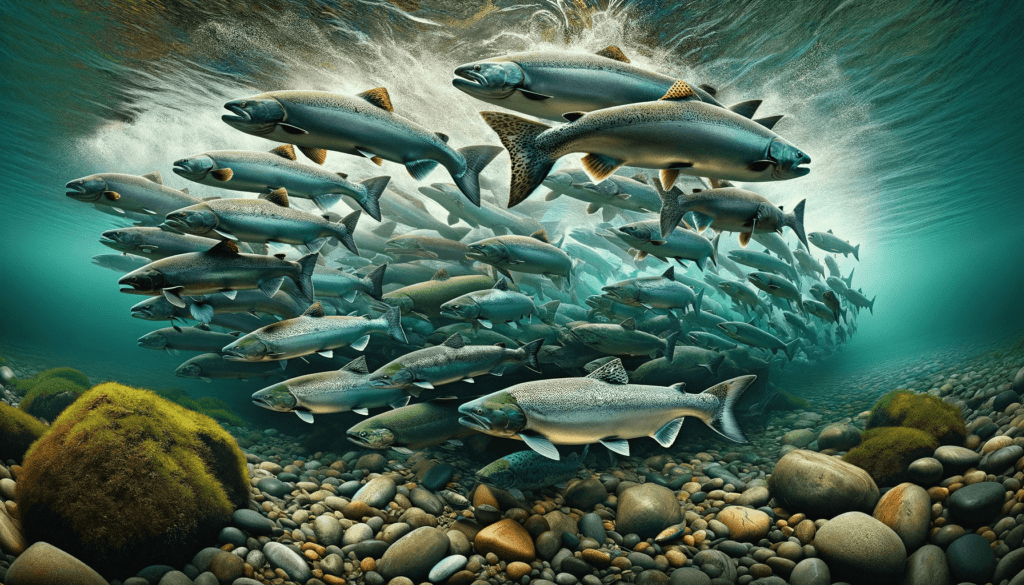
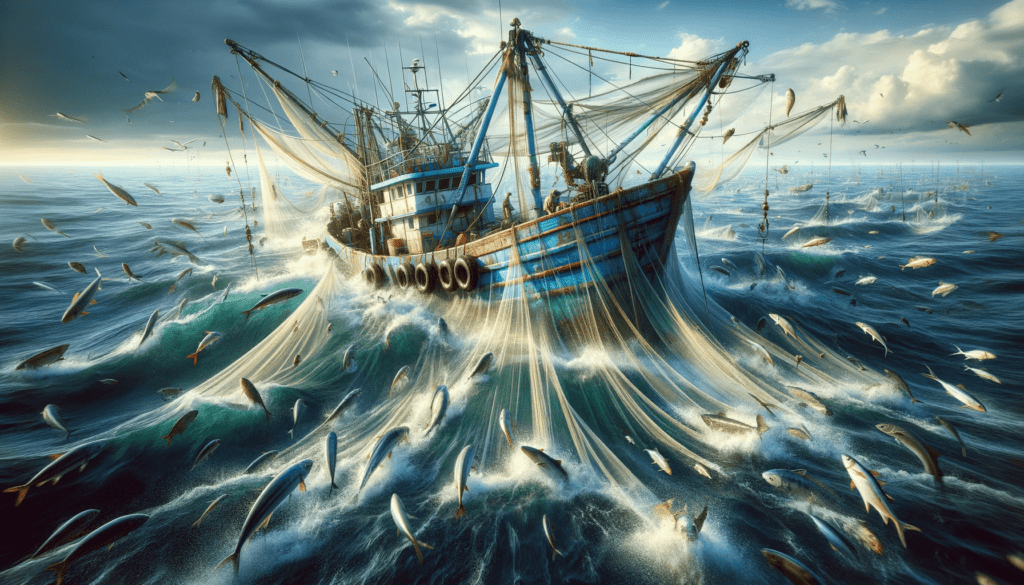
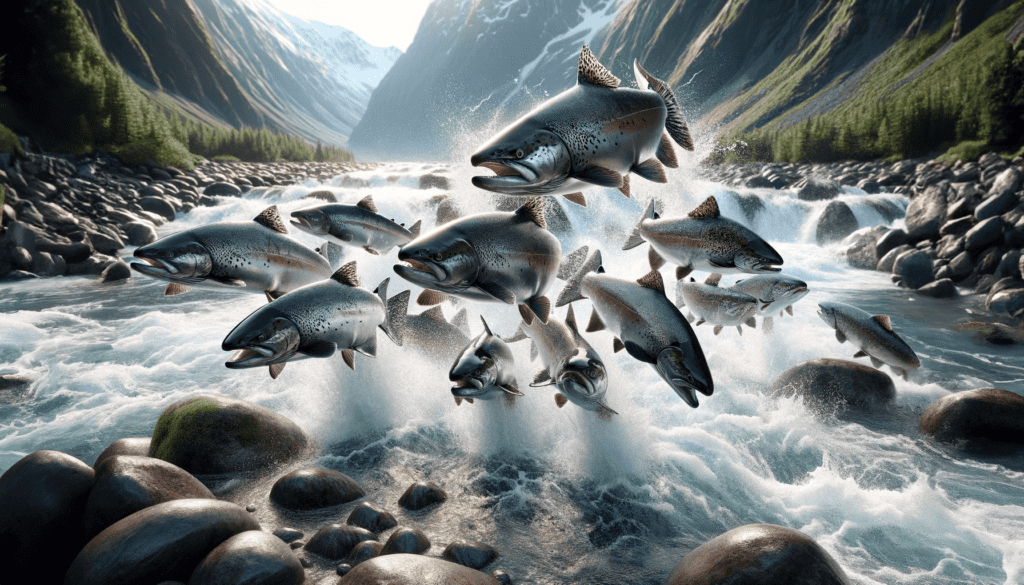
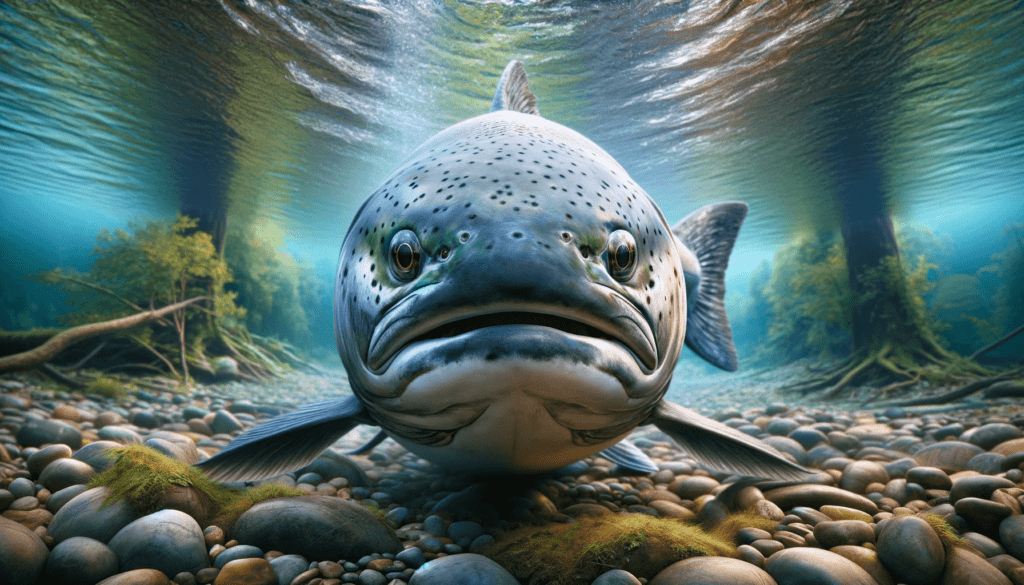
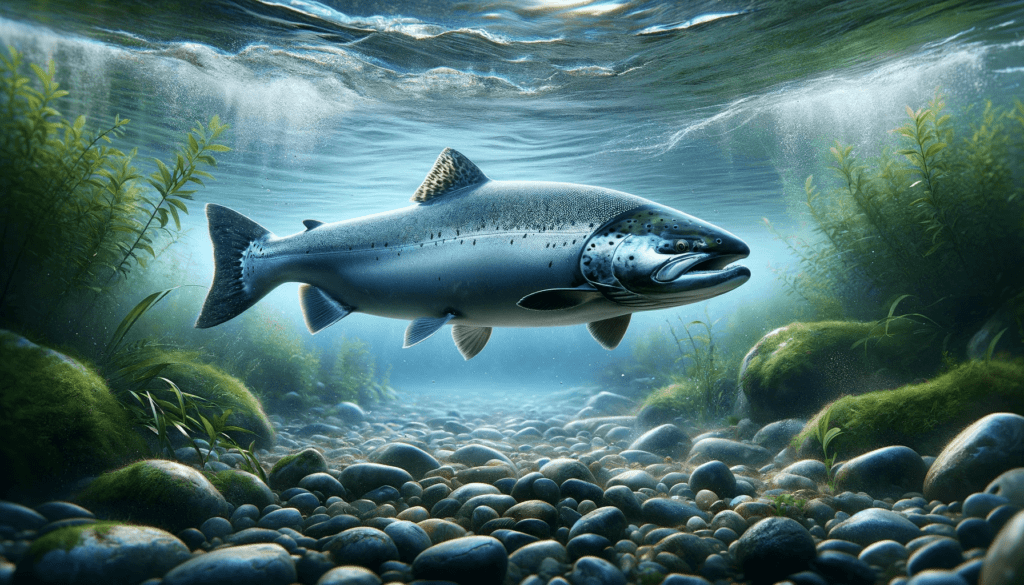

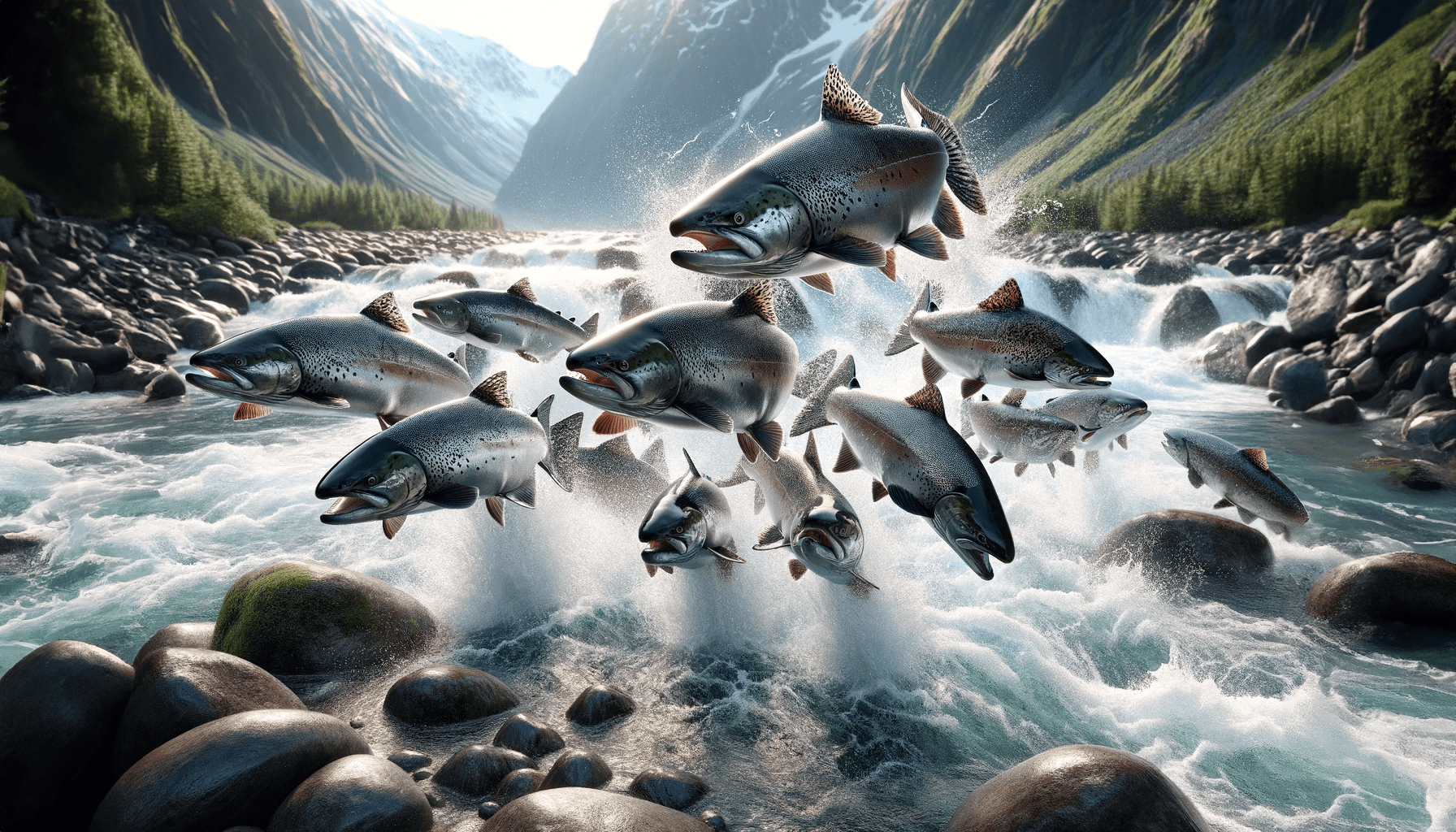
Leave a Reply